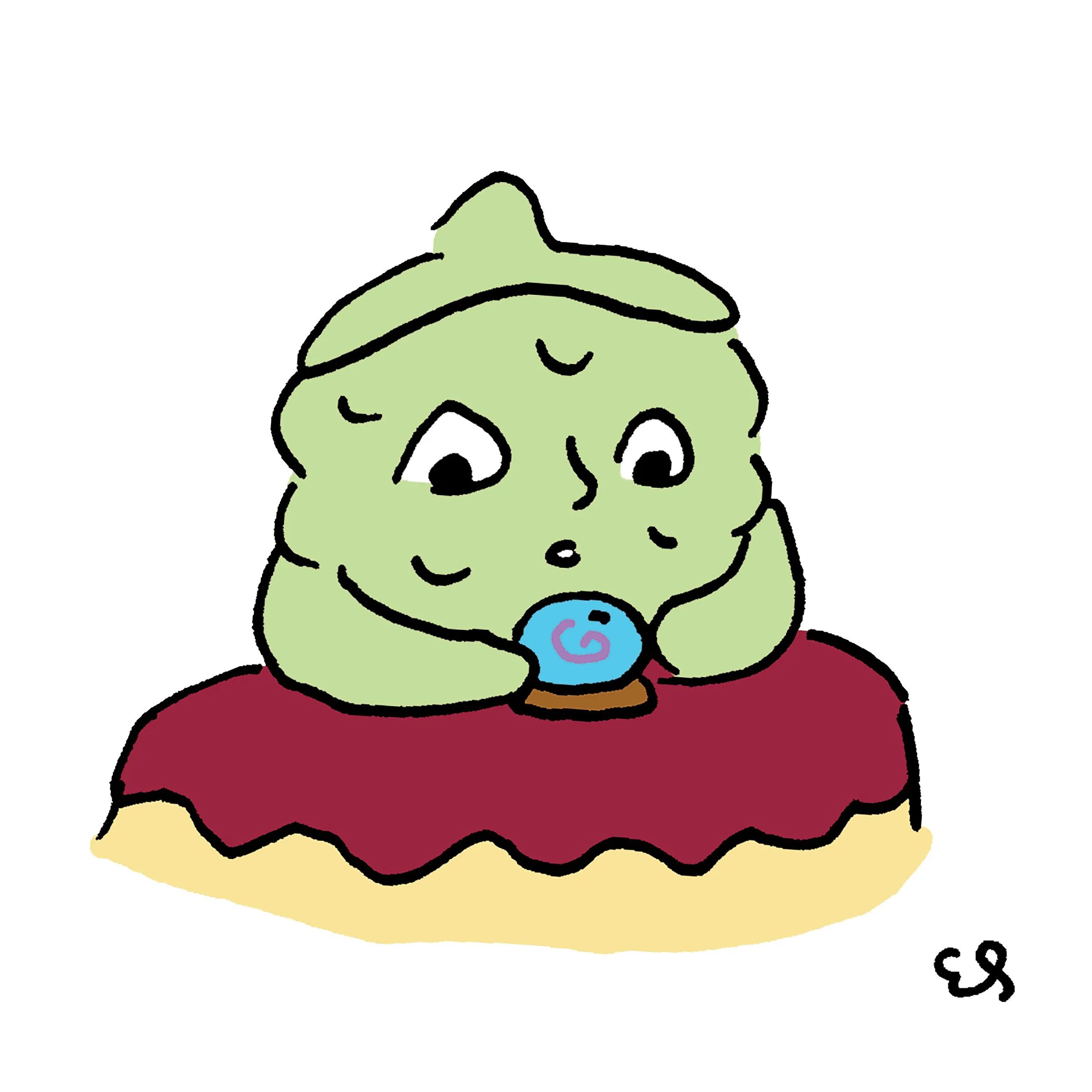The Hazebros Are Coming! Brewing An English Hopped New England IPA
The position of modern beer production is often in stark contrast to the wine world. Wine has a big focus on regionality; a winery is almost always connected to a vineyard. Growing the grapes and making the wine is usually done side by side. Breweries are rarely connected to the agriculture of the ingredients they use; maltings and hop farms are separate entities.
However, a sense of regionality still exists in a lot of traditional English beer. Most traditional English styles such as bitter and brown ale will rely on Fuggles or East Kent Goldings—the two oldest English hop varieties still in production (with Fuggles currently celebrating its 150th anniversary)—that deliver the distinctive, earthy aroma in these traditional ales.
Within much of craft beer, any sense of regionality with ingredients is limited. North American hops have dominated the sector for decades now. This started with Cascade, which imparts a distinctive grapefruit flavour, and was unlike any other hop available on its release in 1971. Cascade would set the template for future US hop development: 1990 would see the release of Centennial, followed by Simcoe in 2000 and the highly-desired Citra (now the most cultivated variety in the US) in 2007. A steady flow of new, citrus heavy hops would come in the following decade with Mosaic in 2012, Azacca and Cashmere in 2013, Ekuanot in 2014, and Sabro in 2018, to name just a handful.
““I decided to see if—using only English hops—we could create what is sometimes considered the zeitgeist of modern craft beer: the New England IPA””
Even if you’re a casual beer fan in the UK some of these names may sound familiar to you. Often beer names are derived from the primary hop used so you’ll see, for example, ‘Citra Pale’ or ‘Mosaic IPA.’ I had heard of Citra before I even knew it was a hop, when I made my first forays into craft beer drinking the delightful Oakham Citra.
In more recent years, New Zealand and Australian hops have begun to challenge American dominance in the production of modern, aromatic varieties, with the former producing Motueka, Nelson Sauvin, Rakau and Wai-ti and the latter Enigma, Galaxy and Vic Secret. Even modern German hops such as Mandarina Bavaria, Callista and Huell Melon are becoming increasingly popular, with British breweries using them in a host of modern beer styles.
Now, I’m not some raging nationalist when it comes to the issue of using home-grown ingredients (or, indeed, when it comes to any issue.) It’s great that breweries have access to a variety of ingredients from across the world, it leads to innovation in beer the likes of which has never seen before our current generation. But wouldn’t it be nice if English hops could be a part of that innovation, and in turn a bigger part of modern British beer? I decided to see if—using only English hops—we could create what is sometimes considered the zeitgeist of modern craft beer: the New England IPA, or NEIPA.
New England IPA typically has a thick mouthfeel, provided by a generous amount of oats and wheat in the grain bill which, combined with high rates of hopping, also lead to its infamous hazy appearance. An ideal NEIPA also has low-to-zero bitterness. As hops impart bitterness primarily when boiled, NEIPAs rely on them being added once the boil has stopped and dry hopping during or after fermentation to deliver the kind of hop flavours and aromas you’d associate with the style. This flavour profile should be predominantly citrus and tropical fruit. This is the predominant reason why UK hops haven’t played a large role in the production of a lot of British craft beers; there just haven’t been English varieties that can deliver these characteristics.
Illustrations by Em Sauter
Ask someone who enjoy craft beer to describe British hops. If they’re being complimentary they might say “earthy,” “floral” or perhaps “spicy.” If they’re being derogatory they’ll tell you they taste “twiggy” or “boring.”
The good news is that English hops have quietly been playing catch-up in the development of varieties that can impart the citrus fruit character of their North American and Antipodean rivals. This arguably began with the release of Jester in 2013, followed by Olicana in 2014, Opus in 2016, and Mystic in 2016. Most recently the English stable has been joined by Harlequin, in 2017.
I wanted to test out a few UK hops, but Harlequin specifically is a variety I was intrigued by. There’s been a lot of hype around it within the homebrewing community, suggesting that it could indeed rival its international contemporaries.
I decided on Harlequin for my base recipe and then split my brew into four one-gallon batches, each with a different dry hop of Olicana, Mystic, Opus and one with a dry hop of more Harlequin. You can replicate any recipe at five gallons with the below recipe just by changing the dry hop.
Recipe
Target Original Gravity (OG) — 1.066
Target Final Gravity (FG) — 1.017
Target Alcohol by Volume (ABV) — 6.4%
Target International Bitterness Units (IBU) — 15
Batch Size — 20 Litres
Ingredients
4Kg Pale Malt (73% of the total grist)
750g Torrified Wheat (13.5%)
750g Flaked Oats (13.5%)
Note: Adding large percentages of unmalted or huskless cereals such as flaked oats and torrified wheat can cause run-off issues due to the presence of beta-glucans. Adding a small amount of oat husks or rice hulls to the mash can help prevent a stuck mash.
Danstar London Yeast
150g Harlequin Whirlpool* for 20 minutes at 75º Celsius
200g Harlequin/Olicana/Opus/Mystic Dry Hop for 2 weeks at secondary fermentation
33.3L water total (14.3L for mash, 19L for sparge)
Method
Mash Duration – 1 Hour
Mash Liquor Volume – 14.3L
Total Grist Weight – 5.5Kg
Liquor to Grist Ratio – 2.6 L/Kg
Mash Temperature – 68ºC
Sparge Liquor Volume – 19 Litres
Sparge Liquor Temperature – 75ºC
Boil Duration – 1 Hour
Fermentation Temperature – 18ºC
*For a whirlpool addition you want to chill your wort down to 75ºC, turn the flow off to your counterflow or immersion wort chiller, and then add the hops. Intermittently stir the wort with a long sterilised plastic spoon. By adding the hops at this temperature the flavour can still be extracted efficiently but they should add minimal bitterness. After twenty minutes turn your chiller back on and resume chilling it as normal.
How Did it Go?
I found that the single-hop Harlequin was by the far the most similar to a modern NEIPA or DDH Pale that uses North American varieties. It has tropical fruit on the nose, and then a big hit of mango flavour with notes of peach, orange, passionfruit and cranberry. It easily rivals US varieties, but would probably also work well with them in a blend.
The Opus dry hop was more subtle but did give more floral notes than Harlequin. I don’t think Opus would work for a NEIPA but may be nice as part of a blend for a West Coast IPA.
““Did we achieve a NEIPA made solely with English hops? Absolutely!””
The Olicana dry hop was more to style as a NEIPA than the Opus, and gave more of a peach flavour along with some strawberry notes. I still think the Harlequin was doing the heavy lifting here though in terms of the tropical fruit flavours present.
Finally with Mystic I got a really lovely beer. Lemon and lime notes up front, peach and mango then coming through from the Harlequin and a hint of white pepper lingering in the after taste. Probably not as to style as a NEIPA as solo Harlequin, but honestly this was my favourite and I would recommend trying out a Harlequin and Mystic blend in your own attempts at recreating this beer.
Did we achieve a NEIPA made solely with English hops? Absolutely! The single hop Harlequin was absolute juice. If you’re a homebrewer and you like brewing NEIPAs I would highly recommend you try and get your hands on some Harlequin.













